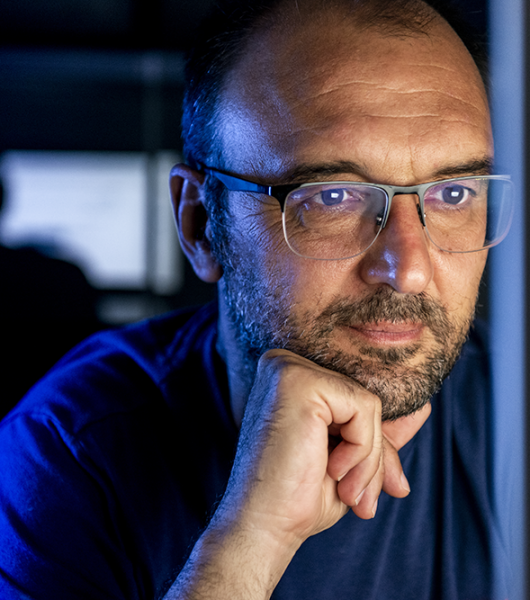The first functional atlas of the human brain based on intra-operative mapping data has been published
The amount and complexity of information processed by the human brain at any given moment is huge and varies extremely from one individual to another. Understanding the anatomical structure and functional mechanisms of information processing that occur between the different brain circuits is one of the greatest challenges for research in clinical neuroscience of the third millennium
In order for the human body to perform all the functions it is capable of, from moving, orientation in space, speaking, hearing, seeing, remembering, the brain processes a huge amount of different kinds of information.
In the scientific article recently published in the journal Neuroimage and entitled; Mapping critical cortical hubs and white matter pathways by direct electrical stimulation : an original functional atlas of the human brain ”, The authors analyzed where this different information is processed, and along which communication pathways such information circulates within the brain. The final result is a collection of probabilistic anatomo-functional maps. For each of the brain functions considered in the study, each portion of the brain, with a spatial resolution of 1 cubic millimeter, is associated with the probability that information relating to that particular function is processed or passed through in that portion of the brain.
The statistical model used for the analysis was developed by Stefano Merler, from the Research Unit DPCS of the Bruno Kessler Foundation, who adds: "The estimation of the parameters of the statistical model used was made possible by the availability of data relating to 256 patients operated on with the technique of awake surgery collected by the University of Montpellier (France) . During these surgeries, the patient’s different cognitive functions in different areas of their brain were monitored, thus making it possible to create anatomo-functional maps. Despite the huge limitations of this type of studies, mostly related to the inaccuracies in data collection and above all to the fact that it is not possible to monitor all cognitive functions in patients, the study paves the way to a better understanding of the functioning of the human brain.”
This work – which contains an unprecedented number of functional data for this type of research – will have important repercussions both in the treatment of patients suffering from brain conditions (tumors and other), and on basic neuroscience research. Two features make this work unique. The first one is the absolutely novel integration, in the same maps, of functional data deriving both from the stimulation of the cerebral cortex and from the white matter connecting bundles, which give the atlas an unprecedented completeness. The second lies in the high number (over 1800 functional responses) and in the very nature of the data, which derive from the results of intra-operative mapping with neuropsychological monitoring for the preservation of brain functions (a technique known as awake surgery, which has now become routine for the resection of selected brain tumors), which makes their reliability extremely high.
The study has great clinical and surgical relevance as it has produced an unprecedented amount of probabilistic information relating to the distribution in the brain of several essential functions (movement, motor programming, language, vision, etc.) These are data that have been made public and can be used for the planning of neurosurgery, radio or proton-therapy treatments, neurological treatments as well as for the planning of rehabilitation operations. Furthermore, for research purposes, this work constitutes a unique dataset, in terms of size and accuracy, to be integrated with other methods in neuroscience (such as functional magnetic resonance imaging, tractography, transcranial magnetic stimulation, electro-encephalography), with the goal of improving scientific knowledge on the functioning andorganization of the different brain networks that lie behind the most common activities of daily life.
The study was conducted in cooperation with the Neurosurgery Department of the Trento Province Health System.
